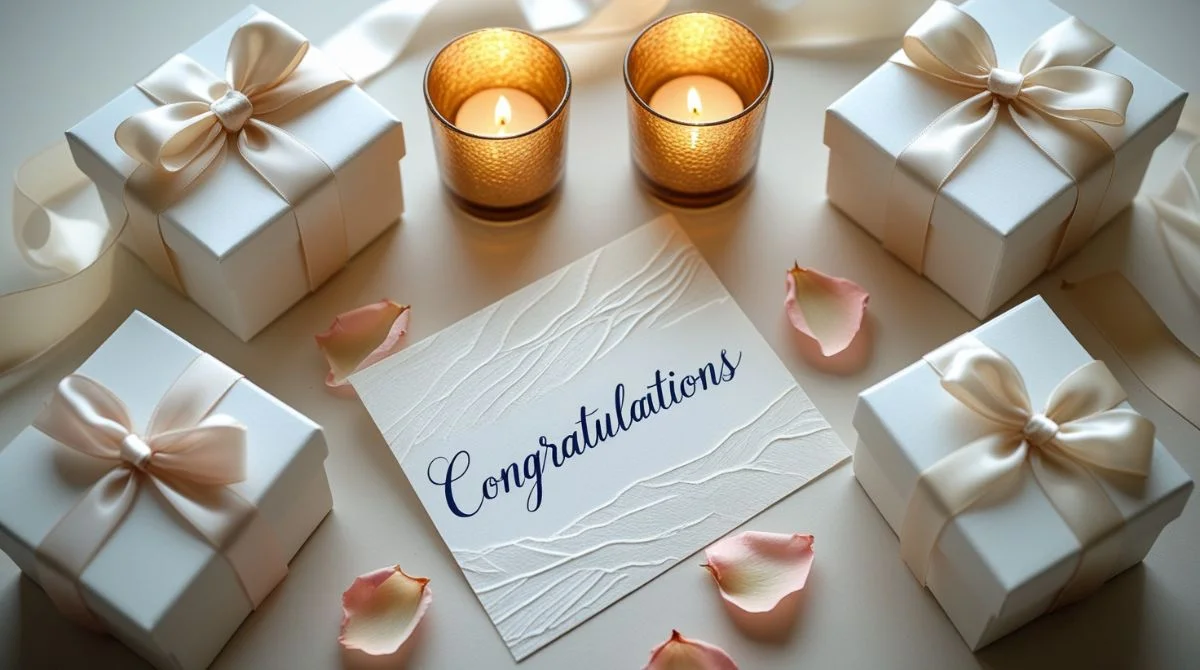Table of Contents
Lunar New Year 2026 is more than just a change in the calendar. Lunar New Year 2026 brings people together through ancient traditions, lively celebrations, family gatherings, and the excitement of a fresh beginning. In 2026, this celebration marks the beginning of the Year of the Fire Horse, a zodiac known for its energy and determination. Whether you’re observing it for the first time or celebrating with generations of family, understanding its meaning, customs, and symbolism helps you connect with its true spirit.
When Is Lunar New Year 2026 Celebrated?
1. Lunar New Year 2026 Calendar Overview
The traditional Chinese lunar calendar marks the start of Lunar New Year 2026 on Tuesday, February 17. Each year, the festival date shifts slightly because it follows the cycles of the moon rather than the Gregorian calendar. The festivities continue for 15 days, concluding with the Lantern Festival on Tuesday, March 3, 2026.
The Year of the Fire Horse begins this Lunar New Year, combining one of the twelve zodiac animals with the powerful fire element. Fire Horse years only occur every 60 years and are often associated with passionate, energetic individuals who thrive in dynamic environments. The festival period includes various symbolic days such as the Laba Festival, Little Year, New Year’s Eve, and the Lantern Festival, each with its customs and significance. For many families, this period is not just about celebration but about honoring ancestors, welcoming good fortune, and starting anew with hope.
What the Year of the Fire Horse Means for You
1. The Traits of the Fire Horse Zodiac
People recognize the Fire Horse for its strong-willed nature. People born under this sign are often described as energetic, bold, and unpredictable, making them natural leaders and risk-takers. Furthermore, the Fire element adds intensity to the Horse’s already active spirit, giving those born in this year a passion for innovation and independence.
These individuals usually do not follow the crowd. They stand out for their charisma, confidence, and desire to break boundaries. They are often driven by ambition and can inspire others through their determination and courage. However, their assertiveness can sometimes come off as rebellious, and they may struggle with routine or authority. Still, their fiery nature is balanced by a deep love for freedom and adventure, which often leads them toward exciting paths in life and career.
2. Zodiac Compatibility in 2026
When it comes to compatibility, the Fire Horse gets along best with Tiger, Dog, and Goat signs, as these zodiacs complement its passionate nature with loyalty and emotional support. The Horse and the Tiger make a powerful, dynamic duo, while the Dog’s sincerity and the Goat’s sensitivity create balance.
However, relationships with Rat or Ox signs may be more challenging. The Rat and Ox value routine and consistency, often creating tension with the Horse’s energetic and spontaneous nature. In 2026, people are encouraged to seek balance in relationships by understanding these zodiac dynamics, fostering patience, and learning to adapt.
Traditional Customs and Cultural Beliefs
1. Pre-Festival Preparations
Lunar New Year is not just a single-day celebration; it’s a season of preparation and ritual. In the days leading up to February 17, families take part in important pre-festival traditions to get ready for the New Year. A major custom is deep-cleaning the home. This act symbolizes sweeping away bad luck and making space for new blessings. It’s also a time to fix broken items and settle debts to enter the new year with a fresh start.
Families decorate their homes with red banners, lanterns, and symbols of prosperity, such as paper cuttings and the Chinese character “Fu” (meaning good fortune). Families often hang these decorations upside down to suggest that “luck has arrived.” People also shop for new clothes often red to symbolize new beginnings and protection from evil spirits.
2. Symbolic Foods for Good Luck
People choose each dish during Lunar New Year celebrations not only for its flavor but for its symbolic meaning. A typical reunion dinner, held on New Year’s Eve, features a variety of dishes chosen not only for flavor but for what they represent:
- Dumplings: People shape dumplings like ancient silver ingots and eat them at midnight to attract wealth and financial luck.
- Fish: Served whole and often left uneaten, fish represents abundance. In Chinese, the word for fish sounds like ‘surplus,’ so families serve it to welcome abundance in the year ahead.
- Nian Gao (glutinous rice cake): This sticky rice cake is a symbol of progress, as the word “Nian” means year and “Gao” sounds like high, implying a higher or better year.
- Longevity noodles: These extra-long noodles represent a wish for a long life and should not be cut during cooking or eating.
Eating these dishes is not just a tradition; it’s a heartfelt wish for prosperity, happiness, and good health in the year ahead.
Red Envelopes, Fireworks, and Festive Decor
1. Why Red Is the Color of the Season?
Red dominates every aspect of Lunar New Year, and for good reason. In Chinese culture, red is the color of luck, joy, and celebration. People use it to drive away evil spirits and invite good fortune. From the clothes people wear to the decorations that fill homes and streets, red is everywhere during this time of year.
In addition, families hang red couplets on doors, light red lanterns, and place red paper cuttings on windows. These decorations often feature messages of blessings, wealth, and longevity. Children and adults alike dress in red during the New Year celebrations to invite happiness and protect against negativity.
2. Red Envelope (Hongbao) Etiquette
Many families cherish the tradition of giving red envelopes, or hongbao, during the Lunar New Year. These envelopes contain money and are gifted to children, unmarried adults, and sometimes employees as a sign of goodwill and blessings.
People give red envelopes not just for the money, but to share blessings of luck and success. The amount inside usually ends with an even number, especially numbers like 8, which sounds like wealth in Chinese. Avoid giving amounts that include the number 4, as it sounds similar to the word for death.
People usually give or receive a hongbao with both hands and greet each other by saying ‘Gong Xi Fa Cai,’ which means wishing you prosperity. This simple act reflects the heart of Lunar New Year: respect, generosity, and shared joy.
Popular Celebrations Across the World
1. China, Taiwan, and Hong Kong
In mainland China, Taiwan, and Hong Kong, the Lunar New Year is the most significant holiday of the year, and it’s marked by large-scale public celebrations. Many take time off work and travel home. This annual movement is often called the world’s largest human migration.
Cities come alive with fireworks, temple fairs, lion and dragon dances, and parades. Red lanterns light up the streets, and performances showcase traditional music, costumes, and cultural stories. Families visit temples to pray for blessings and good fortune, while children enjoy cultural games and snacks at street markets.
Millions of viewers tune into TV galas like China’s CCTV Spring Festival Gala, featuring singers, comedians, and acrobats celebrating Chinese culture.
2. Singapore, Malaysia, and Thailand
Across Southeast Asia, the Lunar New Year is equally celebrated, often blending local flavors with Chinese customs. In Singapore, the famous Chingay Parade features colorful floats, stilt walkers, dancers, and fireworks, reflecting the city’s multicultural pride.
In Malaysia, cities like Penang and Kuala Lumpur host open houses, where people of all backgrounds are welcomed to share festive meals and experience Chinese traditions. Red decorations and performances fill the streets for days.
In Thailand, particularly in Bangkok’s Chinatown, traditional lion dances, firecrackers, and temple visits are highlights. Thai-Chinese families observe the festival with offerings, food rituals, and vibrant public shows.
The Lantern Festival Marks the Grand Finale
1. What Happens on the 15th Day
The Lunar New Year celebrations conclude with the Lantern Festival, a magical night that lights up the sky and brings people together one last time. People celebrate the Lantern Festival on the 15th day of the Lunar New Year, which falls on March 3, 2026, marking the first full moon of the year.
On this day, families light colorful lanterns and write riddles on them for others to solve. Public spaces are filled with glowing lantern displays, symbolizing a bright future ahead. Children carry lanterns through the streets as cities organize lively festivals filled with performances and food stalls.
A popular dish for this day is, for instance, Tangyuan (sweet glutinous rice balls), often served in warm syrup. Their round shape represents wholeness and family unity, and eating them marks the reunion and togetherness that the Lunar New Year celebrates.
Conclusion
Lunar New Year 2026 is more than a date on the calendar. It’s a time of deep meaning, rooted in tradition and filled with the energy of a new beginning. From the bold spirit of the Year of the Fire Horse to the joy of family meals, red envelopes, and fireworks, this celebration brings people together across generations and borders.
Whether you’re joining a public festival or simply sharing dumplings at home, the spirit of Lunar New Year lies in renewal, unity, and good fortune. Embracing its customs and stories offers a beautiful way to begin the year with hope, gratitude, and joy.








